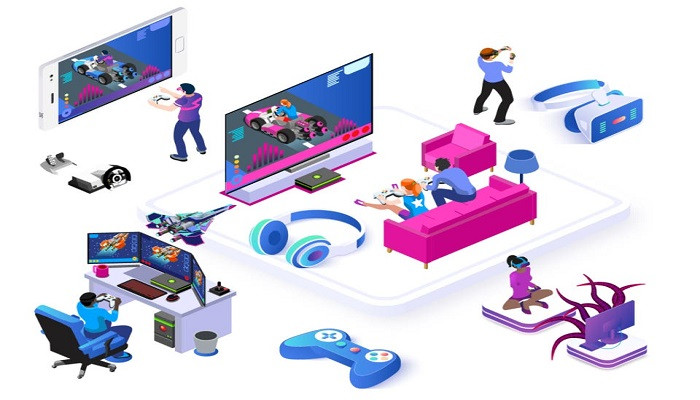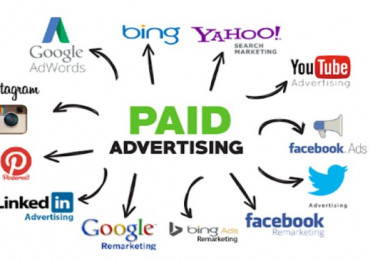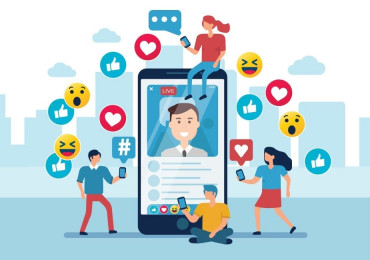
It is the use of digital games as a tool to promote goods and services. This type of marketing involves integrating brands or their messages into games or using games as part of an overall marketing strategy to attract and motivate audiences.
Characteristics:
- Interactive experience: Game marketing provides an interactive experience for users, enhancing immersion and emotional connection.
- Targeted: Games can be customized to suit the interests and needs of the target group.
- Rich content: Game content is used to deliver brand messages in an innovative and engaging way.
Benefits and advantages:
- Increased engagement: Games can contribute to attracting attention and increasing engagement with the brand.
- Improved user experience: Games create fun and engaging experiences, which enhances customer satisfaction.
- Building loyalty: Games enhance the brand’s relationship with the audience by providing a unique experience.
Cons:
- Development cost: Games can be expensive to develop, especially if they require advanced technologies.
- Potential for failure: Games do not always guarantee success in achieving marketing goals and may not appeal to all target groups.
- Brand management: It can be difficult to maintain a consistent message and brand within a game.
Modern Examples
- Nintendo: has incorporated promotional elements into its games such as “Super Smash Bros.” to promote new products.
- King: has used games such as “Candy Crush” to display ads and in-game purchases.
- Apple: has incorporated marketing elements into games such as “Apple Arcade” to promote its products and services.
Game marketing is a powerful tool for engaging audiences by providing fun and engaging experiences. It offers benefits such as increased engagement and loyalty, but it can require high investment in development and face challenges in maintaining the marketing message. With the emergence of companies such as Nintendo and King, game marketing has become an essential part of digital marketing strategies.

01/09/2024

26/08/2024

20/08/2024

25/08/2024

20/08/2024

26/08/2024

23/08/2024

30/08/2024

01/09/2024

20/08/2024

22/08/2024

18/08/2024

26/08/2024

31/08/2024

30/08/2024

15/08/2024

20/08/2024

17/08/2024

01/09/2024

01/09/2024